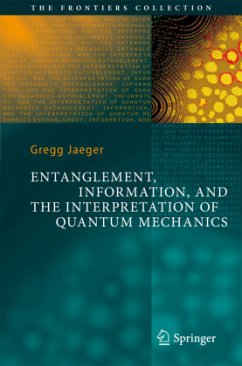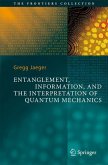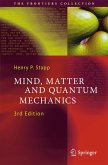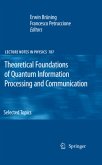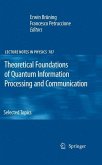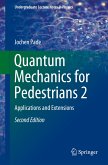Entanglement was initially thought by some to be an oddity restricted to the realm of thought experiments. However, Bell's inequality delimiting local - havior and the experimental demonstration of its violation more than 25 years ago made it entirely clear that non-local properties of pure quantum states are more than an intellectual curiosity. Entanglement and non-locality are now understood to ?gure prominently in the microphysical world, a realm into which technology is rapidly hurtling. Information theory is also increasingly recognized by physicists and philosophers as intimately related to the foun- tions of mechanics. The clearest indicator of this relationship is that between quantum information and entanglement. To some degree, a deep relationship between information and mechanics in the quantum context was already there to be seen upon the introduction by Max Born and Wolfgang Pauli of the idea that the essence of pure quantum states lies in their provision of probabilities regarding the behavior of quantum systems, via what has come to be known as the Born rule. The signi?cance of the relationship between mechanics and information became even clearer with Leo Szilard's analysis of James Clerk Maxwell's infamous demon thought experiment. Here, in addition to examining both entanglement and quantum infor- tion and their relationship, I endeavor to critically assess the in?uence of the study of these subjects on the interpretation of quantum theory.
From the reviews:
"As the title suggests, this book focuses on interpreting quantum mechanics in light of entanglement and information theory. ... provides an introduction to entanglement and the mathematics of quantum mechanics. ... Summing Up: Recommended. Academic libraries serving upper-division undergraduates through researchers/faculty." (E. Kincanon, Choice, Vol. 47 (7), March, 2010)
"The book under review ... summarize and compare the most important ideas in the interpretation of quantum mechanics, and to explore both how these ideas may be altered by recent developments in quantum information, and how interpretational issues may inform the operational goals of quantum information. ... contains a great deal of interesting material about both the history and the philosophy of the interpretation of quantum mechanics, which is well worth reading. ... of interest to students of the foundations of quantum mechanics ... ." (Todd A. Brun, Mathematical Reviews, Issue 2012 a)
"As the title suggests, this book focuses on interpreting quantum mechanics in light of entanglement and information theory. ... provides an introduction to entanglement and the mathematics of quantum mechanics. ... Summing Up: Recommended. Academic libraries serving upper-division undergraduates through researchers/faculty." (E. Kincanon, Choice, Vol. 47 (7), March, 2010)
"The book under review ... summarize and compare the most important ideas in the interpretation of quantum mechanics, and to explore both how these ideas may be altered by recent developments in quantum information, and how interpretational issues may inform the operational goals of quantum information. ... contains a great deal of interesting material about both the history and the philosophy of the interpretation of quantum mechanics, which is well worth reading. ... of interest to students of the foundations of quantum mechanics ... ." (Todd A. Brun, Mathematical Reviews, Issue 2012 a)

